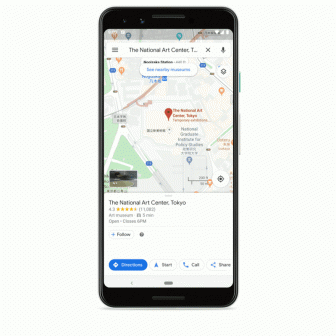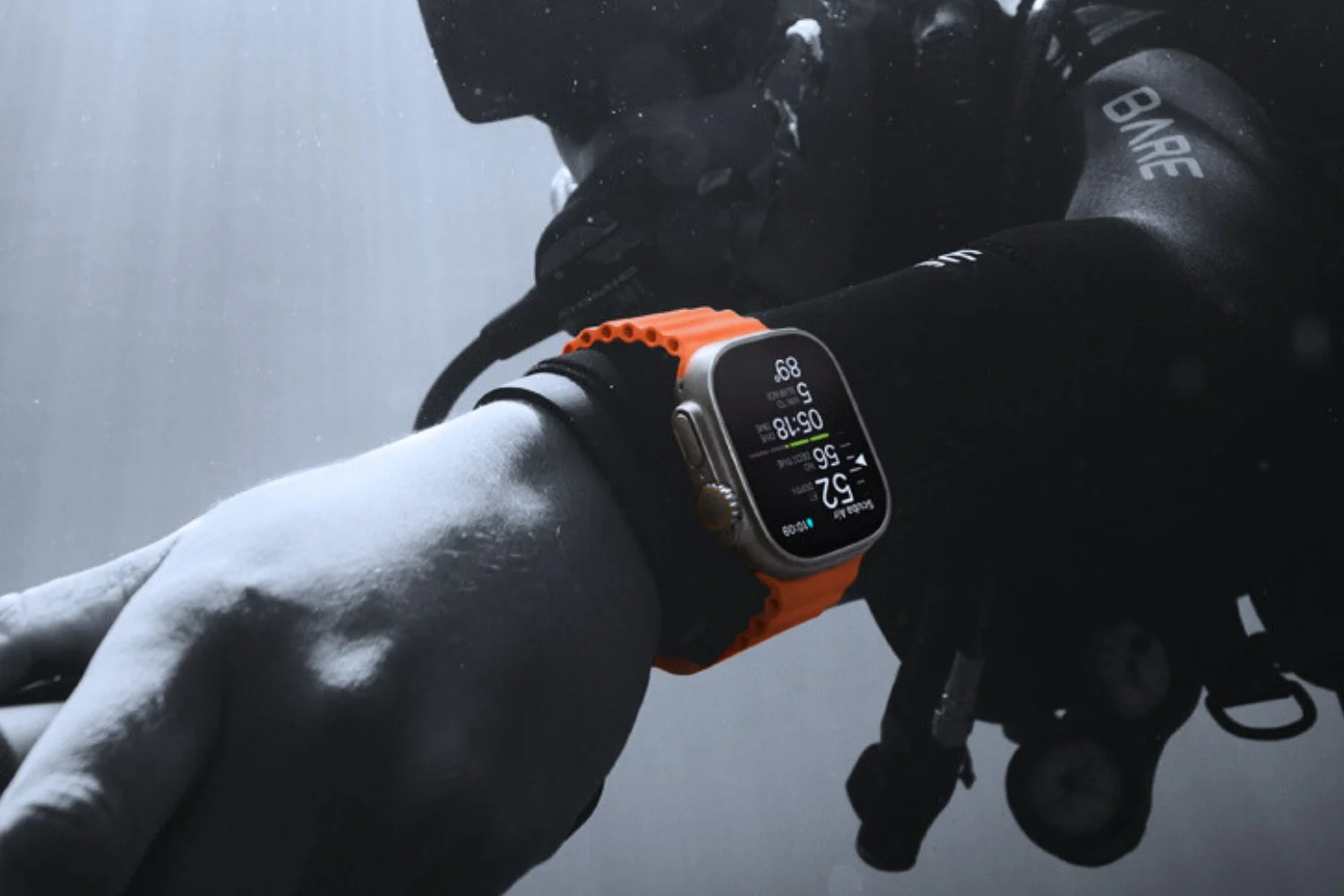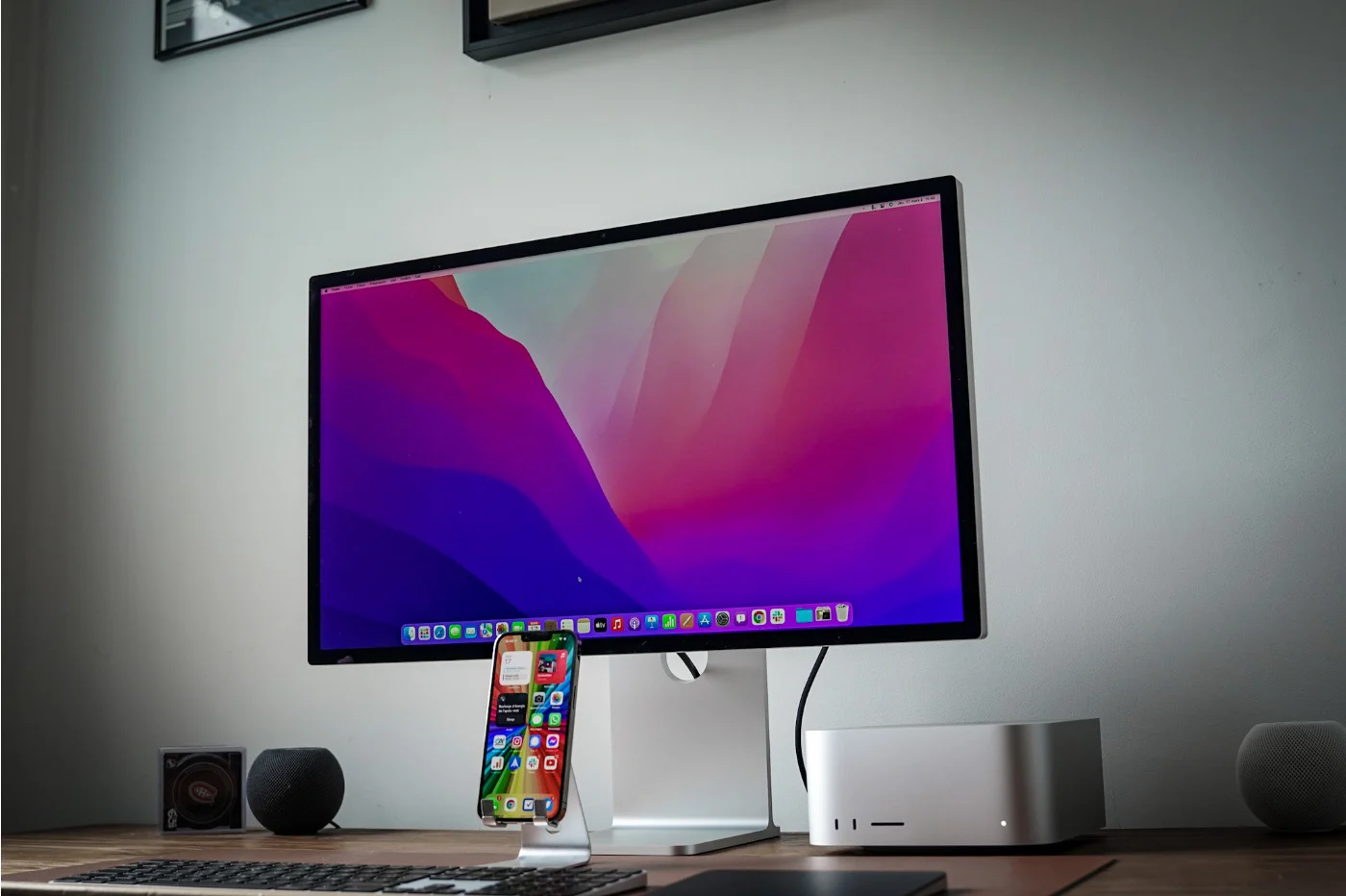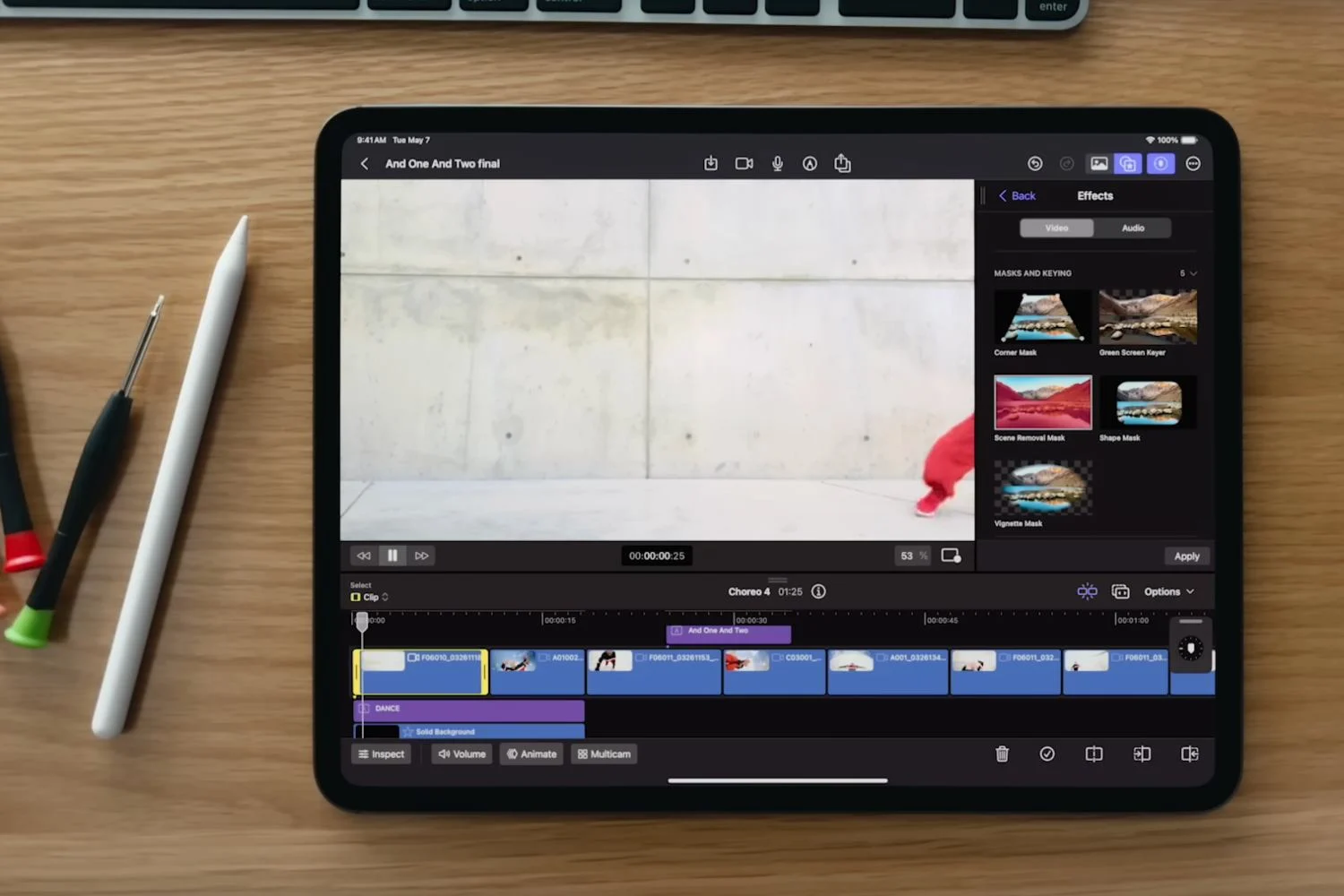The developers of the most popular applications regularly take into account feedback from those who download them to add tools to improve their UX. This is also the case ofGoogle Maps, which was notably updated recentlyto help the visually impaired with voice guidance.
But audio can also be an asset for the rest of the population: in fact, when traveling, we often tend to ask local inhabitants for geographic information, which often requires a voice conversation. Except thatwhen you don't speak the languageof the country in question… Everything becomes more complicated, and help is always welcome.
Make your smartphone speak for you
It is to solve this problem as old as the world that Alphabet has decided to add a new littlespeaker shaped button, right next to place names in Maps. It appears cleverly, only in places where you don't know the dialect.

By clicking on it,the phone then begins to pronounce the name of the placein question, and this in the language of the region where we operate, precisely. So, there is no longer any need to try to be understood orally when our accent is far from corresponding to everyday language. The tool is powered by Google Translate, and even offers to redirect to this service to continue the exchange.
How to benefit from it?
Nothing better than a scenario to see things more clearly: imagine that you arrive in Berlin, and that you need to go to a neighborhood with an unpronounceable name for vocal cords that are far too hexagonal. Instead of contorting yourself to show the name of the place to a taxi driver while forcing him to take his eyes off the road, all you have to do is press the icon and that's it!
The driver will then hear the name of the destination in his language and it will be easier for him to understand, without having to go through an endless dialogue of the deaf. A real advantage, which comes in addition to the latest one revealed byGoogle:adding incident reportingto theWaze.
The feature is rolling out to Android andiOS, and is already compatible with around fifty different languages.






